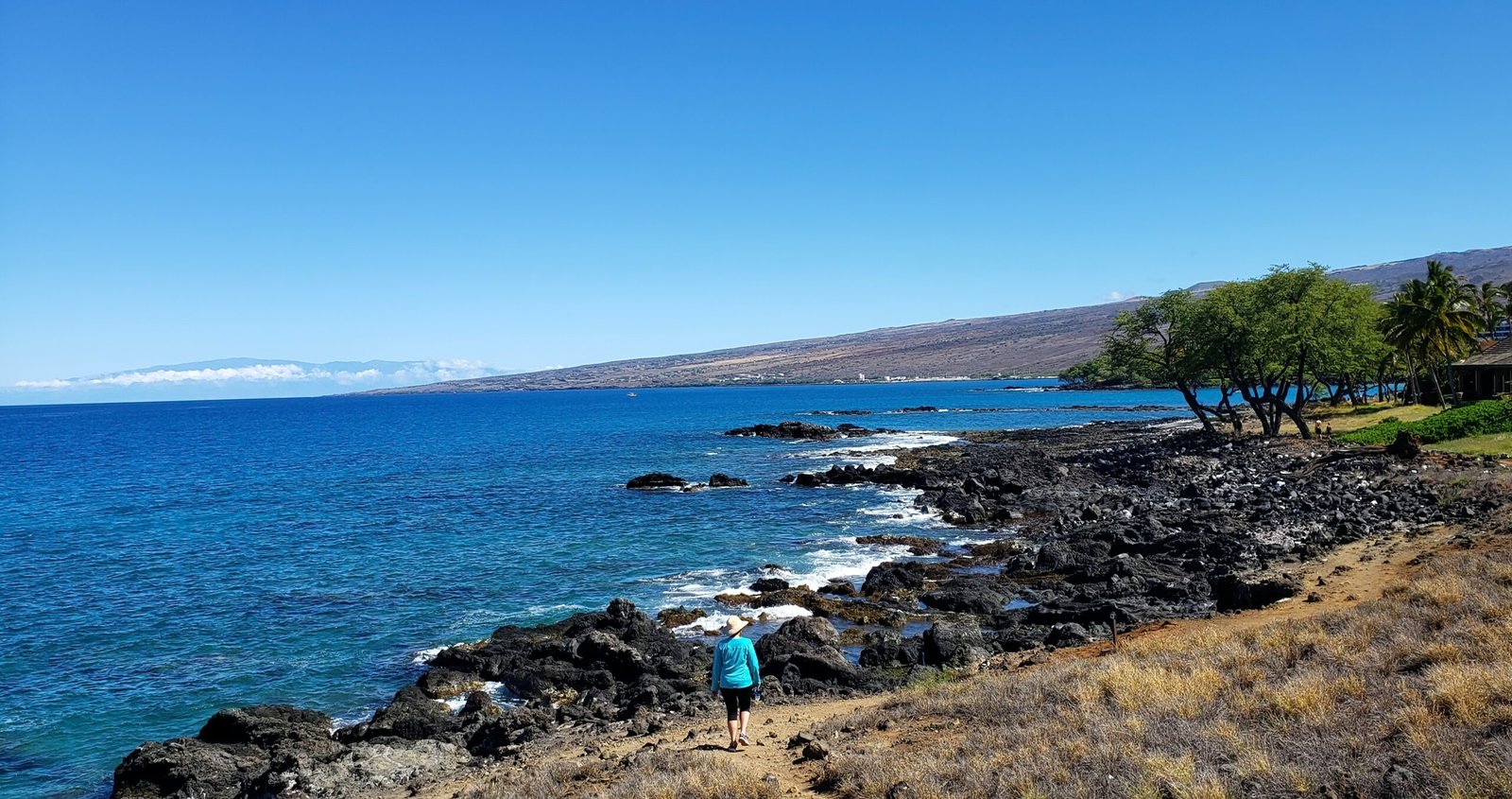After menopause, many women notice a “metabolic shift”: central weight gain, rising fasting glucose, higher triglycerides, cholesterol changes, and creeping blood pressure—often despite similar eating habits. This cluster is metabolic syndrome (MetS)—typically defined by ≥3 of 5: increased waist circumference, elevated triglycerides, reduced HDL, elevated blood pressure, and impaired fasting glucose. Estrogen decline drives visceral fat deposition, insulin resistance, chronic low-grade inflammation, and lipid derangements. Sleep fragmentation, hot flashes, stress, and reduced activity magnify the risk.
Ayurveda explains the same pattern through Agni derangement (digestive–metabolic fire), Āma accumulation (metabolic waste), Kapha–Meda vr̥ddhi (fat tissue excess), and Vāta aggravation (sleep, stress, cravings). The solution is not a silver bullet pill, but a terrain reset—repair Agni, clear Āma, pacify Kapha, anchor Vāta, and rebuild Ojas—while aligning with modern monitoring and therapies when indicated.
This article presents a step-by-step reversal plan—nutrition, herbs with precise dosages, movement, sleep, stress, Panchakarma options, and a 12-week program—plus how to combine these safely with modern medicine.
I. Why Metabolic Syndrome Spikes After Menopause
The modern physiology (in brief)
- Estrogen decline → reduced insulin sensitivity, redistribution of fat to the abdomen, unfavorable lipid changes (↑ TG, ↓ HDL).
- Sarcopenia (muscle loss) depresses resting metabolic rate.
- Sleep disruption (vasomotor symptoms) → cortisol dysregulation, hunger hormones (ghrelin/leptin) imbalance.
- Low-grade inflammation from visceral adiposity sustains insulin resistance and endothelial dysfunction.
The Ayurvedic mirror
- Mandāgni: sluggish digestive/metabolic fire → poor nutrient handling.
- Āma: sticky metabolic residues clog channels (Srotorodha) → dyslipidemia, edema, brain fog.
- Kapha–Meda vr̥ddhi: excessive heaviness, cravings, lethargy → central adiposity.
- Vāta prakopa: poor sleep, anxiety, erratic routines → sugar/comfort-food loops.
- Ojas kṣaya: declining resilience, frequent infections, slow recovery.
II. Diagnosis & Red Flags (What to Track)
Modern baselines
- Anthropometry: waist circumference (goal generally <80–85 cm in South Asian women), weight, body fat %, skeletal muscle mass if available.
- Vitals: BP (home log).
- Labs (fasting): FPG or HbA1c, lipid panel (TG, HDL, LDL, non-HDL), liver enzymes, creatinine/eGFR, TSH, vitamin D, B12, ferritin.
- Optional: hs-CRP, fasting insulin/HOMA-IR, uric acid, sleep apnea screening if symptoms.
Red flags → immediate clinician input
- FPG ≥126 mg/dL or random ≥200 with symptoms; HbA1c ≥6.5%.
- BP ≥160/100 mmHg or hypertensive symptoms.
- Chest pain, exertional breathlessness, neuro deficits.
- Rapid unintentional weight loss, edema, orthopnea.
III. Reversal Strategy: The Big Picture
- Repair Agni & clear Āma → reduce cravings, improve glycemic and lipid handling.
- Kapha–Meda pacification → fat loss (esp. visceral) without weakness.
- Vāta anchoring → restore sleep/stress balance, curb evening snacking.
- Build muscle → raise insulin sensitivity and resting metabolic rate.
- Rasāyana → long-term resilience, cognition, mood.
- Modern integration → safe use of antihypertensives, statins, metformin, GLP-1s where indicated.
IV. Nutrition (Āhāra): Menopause-Smart Metabolic Plate
Core rules (simple, sustainable)
- Early, regular meals: 2–3 main meals, minimal grazing.
- 12–13 h overnight fast (e.g., 7:30 pm to 8:30 am); avoid eating within 3 h of bedtime.
- Protein at each meal (goal: 1.0–1.2 g/kg/day; up to 1.4 g/kg in sarcopenia if renal function is normal).
- Low-GI, high-fiber carbs; prioritize millets/old rice/oats over refined grains.
- Good fats: ghee (1–1.5 tsp/day), sesame/groundnut/mustard oils, nuts/seeds.
- Hydration: 2–2.5 L/day; prefer warm water or coriander–fennel infusion.
What to eat (Ayurveda × metabolic science)
- Breakfast options:
- Moong chilla + mint chutney; or
- Vegetable upma with peanuts; or
- Greek yogurt/curd at lunch preferred; if breakfast, keep small and add roasted flax/sesame; or
- Besan cheela with paneer, tomato–cucumber.
- Lunch (largest meal):
- Moong dal khichdi (add veggies) + salad (cucumber/carrot) + 1 tsp ghee.
- Or: Roti (2 small) + dal + sabzi + kachumber + a small bowl of curd (daytime only).
- Dinner (lighter, before 7:30 pm):
- Millet/old rice + dal/sambar + sautéed veg; or
- Clear veg–paneer soup + small millet roti.
- Add daily:
- Soaked almonds (6–8) or walnuts (2–3);
- Seeds: flax/chia/sesame (1–2 tbsp/day);
- Greens: drumstick leaves, spinach, methi 4–5 times/week;
- Fruits: pomegranate (50–100 ml juice or ½ cup arils), berries, guava, pear.
- Spices: cumin, coriander, fennel, cinnamon, turmeric, black pepper—support Agni, insulin sensitivity.
Dial down / avoid (esp. initial 8–12 weeks)
- Sugar, desserts, fruit juices; refined flour, deep-fried; packaged snacks.
- Late dinners, night-time curd, excess paneer/cheese at night.
- Alcohol and sweetened beverages.
- Large raw-salad dinners (gas/bloating → Vāta).
V. Movement (Vihāra): What Actually Reverses MetS
- Resistance training: 2–3 sessions/week, 8–12 total sets/session covering legs, push, pull, core (e.g., squats/chair squats, hip hinge, rows, presses, carries). Progress gradually.
- Zone 2 cardio: 150–180 min/week brisk walk/cycle (pace allowing conversation).
- NEAT (non-exercise activity): 6–8k steps/day baseline; stand/move 3–5 min each hour.
- After-meal walks: 10–15 min especially after dinner to blunt glucose spikes.
- Yoga (cooling, de-stress):
- Asanas: Tadasana, Trikonasana, Setu Bandhasana, Bhujangasana, Pawanmuktasana.
- Viparita Karani for 5–8 min post-dinner (if no reflux).
- Prāṇāyāma: Nādi Śodhana 7–10 min + Bhrāmarī 3–5 min twice daily.
- Sleep: 7–8 h, consistent timing; cooling bedtime routine (tulsi–cardamom warm water, screen curfew).
VI. Herbal & Classical Ayurvedic Support (with Dosages)
Adult general ranges. Personalize for renal/hepatic disease, anticoagulants, pregnancy not applicable here, and in combination with modern meds (space dosing).
A) Agni reset & Āma clearance (first 2–4 weeks)
- Trikatu Churna (dry ginger + black pepper + long pepper)
- Dose: ¼–½ tsp in warm water BID before meals.
- Avoid if reflux/ulcer; use Hingvāstaka Churna ½ tsp with food instead.
- Triphala Churna
- Dose: 1 tsp in warm water at bedtime (or 2 capsules).
- Supports bowel, lipids, glucose, and detox.
B) Glycemic & lipid support (ongoing 12 weeks)
- Guduchi (Tinospora cordifolia)
- Dose: 500 mg capsule, BID after meals.
- Why: Insulin sensitivity, anti-inflammatory.
- Nisha-Amalaki (turmeric + amla)
- Dose: 1 tablet/capsule, BID before meals.
- Why: Glucose control, antioxidants.
- Nirgundi or Cinnamon (if post-meal spikes)
- Cinnamon ½ tsp/day sprinkled at lunch or boiled lightly; monitor glucose if on meds.
- Arjunarishta (if dyslipidemia + borderline BP)
- Dose: 15–20 ml with equal water BID after meals.
- Why: Cardio-tonic, lipid support.
- Guggulu formulations(for dyslipidemia, central adiposity)
- Yogarāj Guggulu or Guggulu-Tikta Ghrita (if joint stiffness + Kapha-Meda).
- Dose (Yogarāj Guggulu): 1 tablet (250–500 mg) BID after meals.
- Caution: Anticoagulants/bleeding risk—consult clinician.
C) BP & endothelial support
- Arjuna (Terminalia arjuna)
- Dose: 500 mg capsule BID after meals or Arjunarishta as above.
- Sarpagandhā preparations are not DIY—use only under physician supervision if needed.
D) Appetite, cravings, and stress axis
- Ashwagandha (Withania somnifera)
- Dose: 500 mg capsule BID or 3–5 g with warm milk/ghee at bedtime.
- Improves sleep, reduces stress eating, supports muscle recovery.
- Shankhpushpi/Brahmi
- Dose: 250–500 mg BID (daytime) for focus and emotional regulation.
E) Digestive bitters—short pulses
- Punarnavasava (edema/central puffiness)
- Dose: 15–20 ml with equal water BID after meals for 4–8 weeks.
- Avipattikar Churna (acidity/heat with sugar cravings at night)
- Dose: 3 g HS in warm water for 1–2 weeks, then taper.
Cycles: Use stacks for 8–12 weeks, then re-assess labs and taper to a lighter maintenance (Guduchi + Triphala + Arjuna).
VII. Panchakarma & Procedures (Who, When, How)
- Ruksha Udvartana (herbal dry powder massage) 2–3×/week for 3–4 weeks → Kapha–Meda pacification, lymphatic stimulation.
- Mridu Virechana (gentle purgation) after 2–3 weeks of Agni prep in high-Pitta/constipation phenotypes.
- Basti (medicated enema) cycles—Matra Basti with Dashamoola Taila or Kṣīra-Bala Taila 5–7 days to anchor Vāta (improves sleep, cravings control).
- Avoid strong shodhana in frail, uncontrolled BP/diabetes, or acute illness—stabilize first.
VIII. 12-Week Menopause MetS Reversal Program (Calendar-Ready)
Use this as a template; check vitals/labs at baseline and Week 12.
Weeks 1–4 — Reset Agni, Start Moving
- Herbs:
- Trikatu ¼–½ tsp BID before meals (or Hingvāstaka if reflux).
- Triphala 1 tsp HS.
- Guduchi 500 mg BID, Nisha-Amalaki 1 tab BID.
- Arjuna 500 mg BID or Arjunarishta 15–20 ml BID.
- Nutrition: 12–13 h overnight fast; protein at each meal; no sugar/juices; dinner ≤7:30 pm.
- Movement: Walk 30 min/day + 2 full-body strength sessions/week (bodyweight to start).
- Sleep/Stress: Lights out by 10:30 pm; Nādi Śodhana 10 min nightly.
- Optional clinic: Udvartana weekly ×3.
Weeks 5–8 — Build Muscle, Cut Visceral Fat
- Herbs: continue above; if edema/puffiness → Punarnavasava 15–20 ml BID for 4 weeks.
- Training: Strength 3×/week (add light dumbbells/bands), Zone-2 cardio 3×/week 30–40 min.
- After-meal walks: 10–15 min post lunch and dinner.
- Meals: Same plate; add flax/sesame 1 tbsp/day, greens 5×/week.
Weeks 9–12 — Consolidate & Reassess
- Herbs: Maintain Guduchi + Nisha-Amalaki + Arjuna + Triphala; taper Trikatu if stools heat up.
- Training: Keep structure; add balance work (heel-to-toe walks, single-leg stands) to reduce fall risk.
- Labs: Repeat FPG/HbA1c, lipid panel, BP log review, weight/waist.
- Decisions: If targets unmet, consider metformin/statin/antihypertensive with physician; continue Ayurveda as terrain support.
Targets to celebrate:
- Waist ↓ by 4–6 cm, TG ↓, HDL ↑, FPG/HbA1c improved, BP closer to goal, sleep quality ↑, energy ↑.
IX. Modern Medications: How to Combine Safely
- Metformin: works well with Ayurveda; space herbs by 1–2 hours. Watch B12 over long term.
- Statins: compatible; monitor muscle aches—ensure protein intake and CoQ10 if advised.
- Antihypertensives: continue; Arjunarishta can complement—monitor BP to avoid hypotension.
- GLP-1 RAs (if prescribed): powerful weight/glycemic tools; Ayurveda assists with Agni support, cravings control, and muscle preservation.
X. Safety, Contraindications, Practical Notes
- Hypoglycemia risk is low with the herbs above, but if on insulin/sulfonylureas, monitor more closely and coordinate dose adjustments with your doctor.
- Guggulu compounds: caution in anticoagulants, bleeding disorders, pre-operative periods.
- Arishtas/asavas contain small alcohol amounts—avoid if contraindicated.
- Reflux/ulcer: avoid Trikatu; use Hingvāstaka and soothing Amla.
- Renal/hepatic impairment: personalize doses; avoid aggressive diuretics.
- Bone health: alongside MetS reversal, ensure calcium (dietary), vitamin D, resistance training—fracture risk rises after menopause.
XI. FAQs (SEO Boosters)
Q1. Can I reverse metabolic syndrome without medication?
Often yes—with a disciplined 12-week plan. But if numbers are very high or risk is significant, combine modern meds with Ayurveda for safest, fastest control.
Q2. I don’t lose weight despite walks. Why?
Walking helps, but muscle is medicine. Add resistance training and protein; fix sleep and late dinners—these are common blockers.
Q3. Can I do intermittent fasting?
A gentle 12–13 h overnight fast is ideal post-menopause. Longer fasts can raise Vāta and backfire (binges, sleep loss).
Q4. Which one herb if I must choose?
Guduchi for glycemic–inflammatory balance. If BP/lipids are priorities, Arjuna as well.
Q5. How soon will triglycerides and fasting sugar improve?
Often within 4–8 weeks with diet + walks + herbs; HDL and waist take 8–12+ weeks.
Conclusion
Metabolic syndrome after menopause is common, reversible, and worth reversing—not only to trim the waist but to protect the heart, brain, and bones. Modern medicine supplies accurate diagnostics and potent medications when needed. Ayurveda provides the terrain reset: kindle Agni, clear Āma, pacify Kapha–Meda, anchor Vāta, and rebuild Ojas—with herbs like Guduchi, Nisha-Amalaki, Arjuna, Triphala, Guggulu and practices like Udvartana, gentle Virechana, Basti, plus a protein-forward sattvic plate, strength training, post-meal walks, and deep sleep.
Follow the 12-week blueprint, measure what matters, and adjust with your clinician. Most women see meaningful improvements by Week 12—and those gains compound over months into a lighter, clearer, stronger post-menopausal life.


